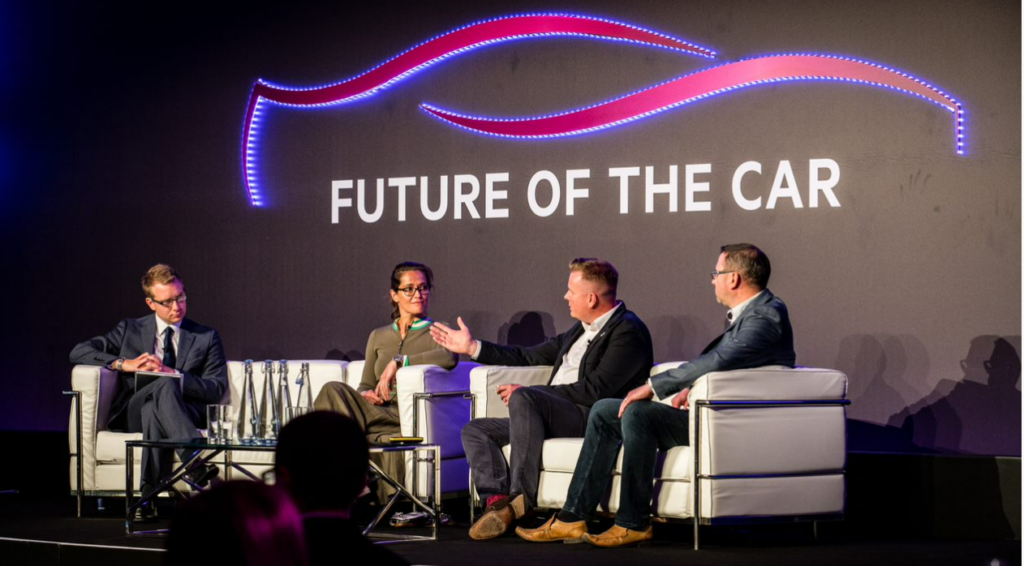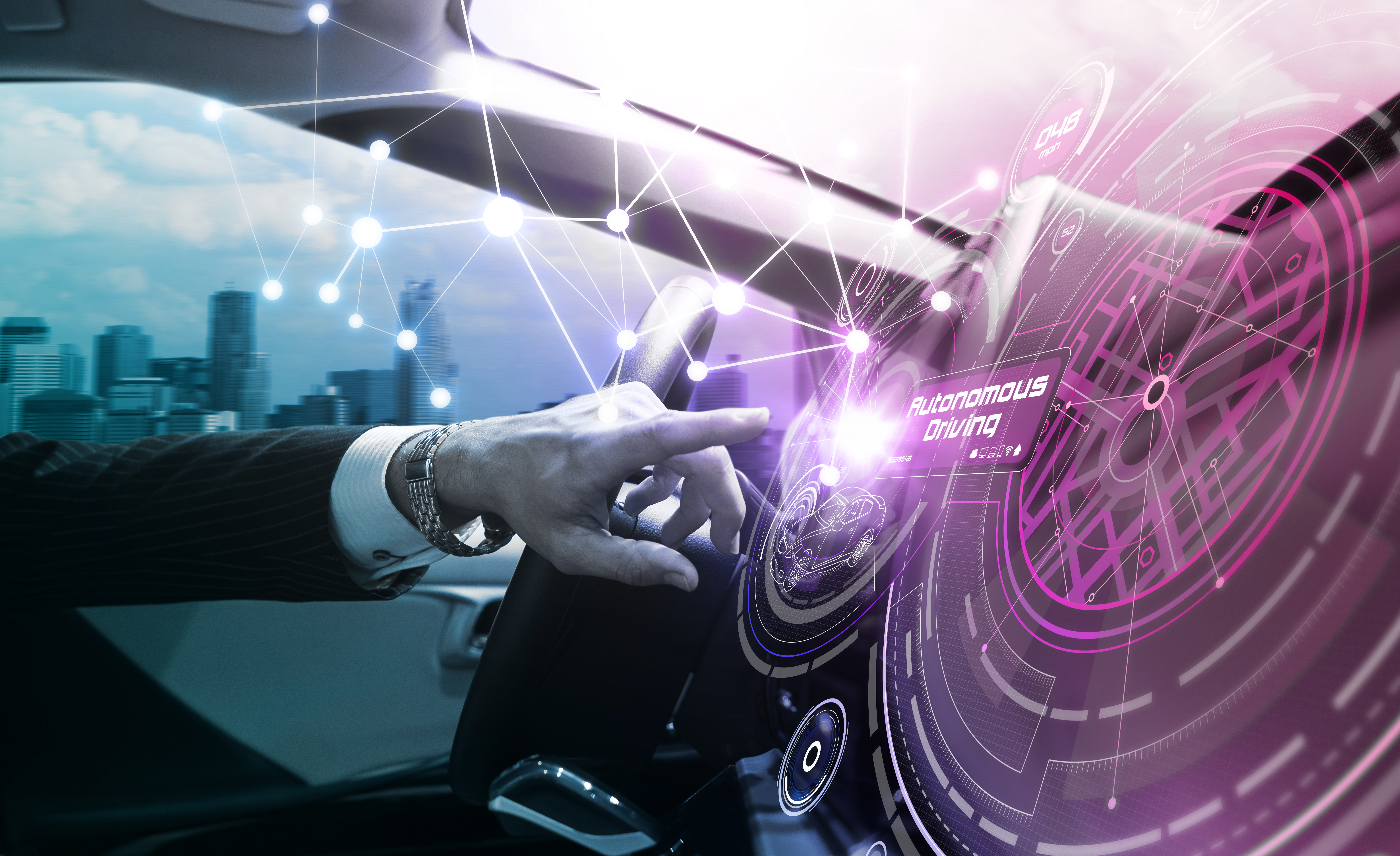When we talk about the future of vehicle development, it’s hard not to get carried away with the possibilities of 5G, autonomous driving and smart transport in the connected car. The technologies and software are (mostly) already here, but the laws and regulations needed to ensure everything works safely and effectively take longer to catch up. According to Cubic Telecom CEO Barry Napier, that’s something of a blessing in disguise for automakers, giving them space to refine the user experience and business models that will see them maximising the opportunities of connectivity.
“For many OEMs, there’s been a massive change in the last 18 months, they’re focusing on getting the customer experience right, because that’s something they can affect right now,” says Napier. “Autonomous vehicles are still a while away – even suggesting five years is a little bullish – but while governing bodies develop and agree frameworks, the next three-to-five years will be all about user experience and value-added services. That’s where automakers can have an impact and gain real-time insights into user experience now. And that’s where you’re going to see customisation efforts.”
Connected car meets connected experience
Until recently, cars that shipped with limited connected car technologies and services offered little beyond their pre-set capabilities. They rarely offered any real insight into how customers were using them – if they were using them at all. As many panellists at the recent Financial Times Future of the Car 2022 conference observed, ease of use and relevance to customers are two of the key challenges to driving customer use of new mobility services and technologies. Napier says that the OEMs with the capacity to hone services around user insights will be the most successful in the future.
“By deriving insights from how customers actually engage with and use your features and services, you can customise or further enhance those features, update them overnight, or even change the interface regularly to keep the user engaged, interacting and always enjoying the experience,” he says. “From a brand perspective, automakers will be able to align those premium experiences with their own brand values and vehicles.”

Make it personal, make it local, make it relevant
Ultimately, says Napier, it’s about walking the fine line between ensuring every service and application is what the end-user wants – and a big part of that is the ability to recognise that different customers in different regions or locations are going to have different requirements. As, indeed, will the local regulatory authorities.
“When we talk about personalisation and customisation, how someone uses a vehicle in London is completely different to how they do it in Munich or New York,” says Napier. “And while data monetization and the data explosion continue to be a big deal for automakers, if you’re not focusing on personalisation and localisation, you’re missing a big step.”
Taking the complexity out of mobility
For automakers, having the insight needed to get localisation right can be challenging, says Napier, “But it’s also difficult for automakers to connect with a service provider in a local area really quickly.” Global OEMs operate in hundreds of countries, each with their own set of regulatory challenges, taxes etc. And that’s before you consider the technology challenges that OEMs are working on.
“With the recent chip shortage, there’s a massive shift to the cloud and trying to do as much processing there as possible. There are so many dependencies; before, when a vehicle went out, people weren’t thinking of lifecycle management based on connectivity, on getting to the cloud. Now that these on-demand features are coming, the pressure is there to focus on cloud solutions. For that, you have to get connectivity right from the beginning.”
Connected car software driving performance
Cubic Telecom’s connected software solutions help OEMs to maximise customer lifetime value by providing insights, analytics and connectivity across any device globally. It uniquely solves the challenges presented by providing true end-to-end connectivity while building localised mobility services that customers want.
Learn more about how Cubic’s solutions are driving innovation across the automotive industry, check out our Connected Software Driving Performance brochure today.

